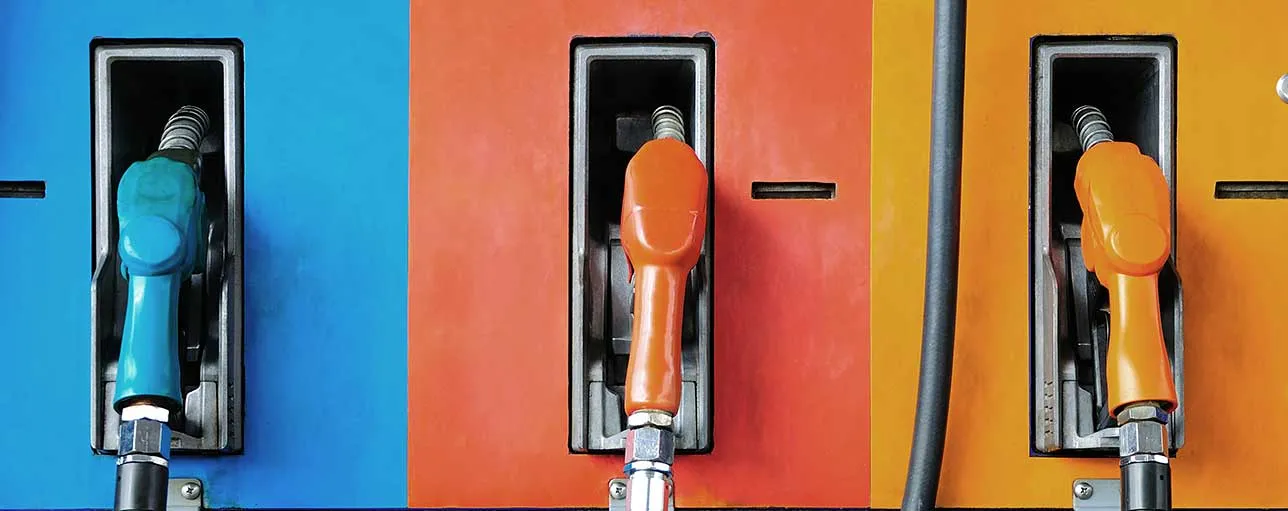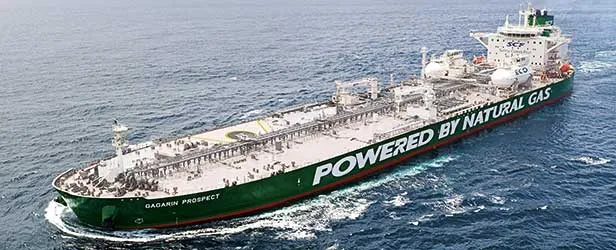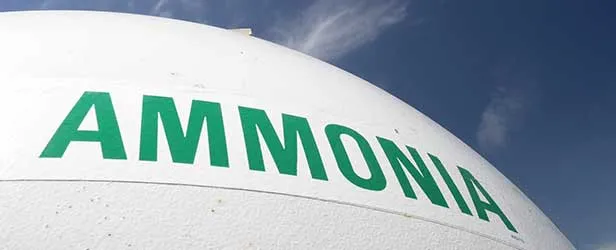FUELS
Fuel choice will be the most significant factor in decarbonizing shipping. The industry is in a transition phase, with many potential options emerging alongside conventional fuels.
Even though the world fleet is still mainly powered by diesel engines running on marine fuel oils, there is an increasing number of LNG-fuelled vessels, ships utilizing batteries, and vessels fuelled with liquefied petroleum gas (LPG) and methanol. The first hydrogen- and ammonia-fuelled vessels will also soon come into operation.
The viability of alternative fuels varies greatly for different ship types and trades. Deep-sea vessels need to store very large amounts of energy keeping the ship at steady speed over long distances. While for short sea, the options are more diverse, including the possible use of electric or hybrid-electric power and propulsion systems.
This increasingly diverse fuel and technology environment means that engine and fuel choice now represent potential risks. Factoring in the impacts of availability, price and policy on different fuels, makes the choice even more complex. A ship should be designed to allow for the needed upgrades or fuel changes later in its lifetime.
To help you move forward with confidence, DNV has put together practical, expert advice and smart solutions to help your vessels stay competitive, compliant, and commercially attractive over their lifetimes.


